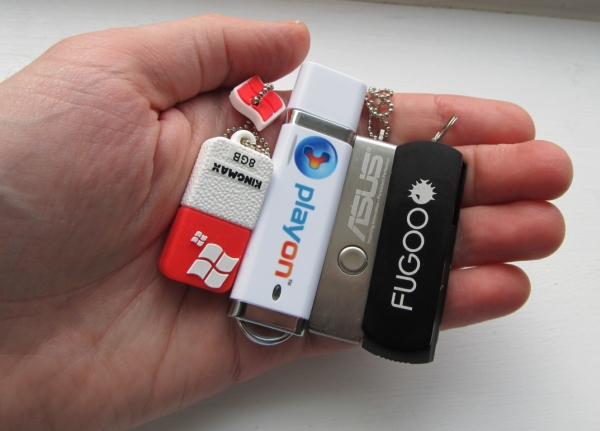If you’re using any digital device, you’re storing some sort of data. Whether you’re a photographer, student, or business owner, you need a storage device to hold all your crucial files. These days, cloud storage has become the most popular option for storing data. However, it’s not the best solution for many reasons. Despite the availability of various storage media, flash drives continue to dominate the market. This is because USB Flash Drives provide a convenient solution for transferring files between different computers and sharing information with colleagues. This cost-effective, portable storage device provides data security because unlike a hard disk drive, the flash drive doesn’t have any moving parts.
Flash drives, used as an external storage device, store all the data in its memory cells. A USB drive has fewer chances of failure than other storage devices. However, just like all forms of digital storage, it’s still vulnerable to damage. Sometimes when users connect their flash drive to the PC, either they receive an error message or the system fails to read it. When this happens, it means that the USB flash drive has got corrupted. A damaged, corrupt, or unresponsive flash drive leads to severe data loss situations. So, before that happens to you, let’s find out some common causes of flash drive failure and how to prevent data loss situations.

How USB Flash Drives Get Damaged
Your flash drive may get corrupted or unresponsive due to two main reasons: physical damage and logical issues. Physical damage occurs when the plug gets damaged, bent, or snapped off. The USB connector of a flash drive is fragile and it may get damaged by dropping the device or forcing the drive into your computer. Recovering data from the flash drive can be quite tricky if the connector, NAND memory chip or circuit board is broken.
The logical or non-physical damage includes software corruption or issues with the NAND memory. Incorrectly removing a USB flash drive or interruptions during data transfer can result in data loss. Data stored on a flash drive could also get corrupted due to sudden power loss, NAND memory wear, operating system errors, malware infection, and program crashes.
How to Recover Data from Flash Drives
Flash drive data recovery is not an easy job. If your flash drive is logically damaged, there are few ways to recover lost data. However, for physical damage, you’ll need services of a flash drive data recovery professional.
For non-physical damage like file corruption, you may use methods like formatting the USB drive or use a third-party data recovery solution. If the flash drive is not recognized or you’re getting the “Access Denied” message, then possibly the NAND memory chip or drive controller software is corrupted. To retrieve your data, you can try scanning the drive by inserting it into the computer’s system port. When you go to Removable disk> Properties> Tools >Check, you will get two options: Automatically fix file system errors or Scan for and attempt recovery of bad sectors. You can try both options to find errors. If this doesn’t work, try reinstalling the disk drivers.
Whether your flash drive has suffered physical damage or file corruption, it’s always best to avoid DIY recovery methods. Many users feel tempted to use easily available data recovery software. However, not all these tools and software are reliable and a single mistake in DIY recovery could permanently damage your drive, as well as data stored on it. To avoid such a frustrating situation, always trust a ransomware recovery service, specializing in flash drive data recovery.
How to Avoid Flash Drive Data Loss
If you’re using a flash drive to store valuable data, there are a few things you can do to avoid damage to your flash media and protect your data. The first rule is- no matter what storage medium you use, always maintain an up-to-date backup. For important data, it’s best to keep at least three copies of the files stored in different devices. Next, you should make sure to always remove your external storage device safely. Also, never unplug the drive while it is reading or writing. It is also recommended to avoid overloading your flash drives with excess data. Lastly, store your flash drive safely, away from extreme temperatures and humidity.